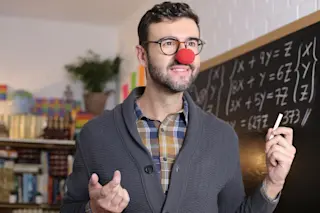We’ve all met someone and almost instantly thought, “I could totally be friends with this person.” We’re not quite sure why we think that, but all it took was a few seconds to make that first impression. We might even take pride in such gut instincts, in our ability to "read" a person at a glance. But a new study finds that most of our first impressions are based simply on a person's objective facial features — and that, in many cases a computer model can accurately predict the first impression a stranger will make.
Researchers began by collecting a library of 1,000 pictures of real faces, which they had a group of experts score based on 16 character traits including attractiveness, intelligence, trustworthiness and age. The team then measured the objective physical characteristics of each face, taking 65 different scores. These data included head tilt, mouth gap, mouth area, ...













